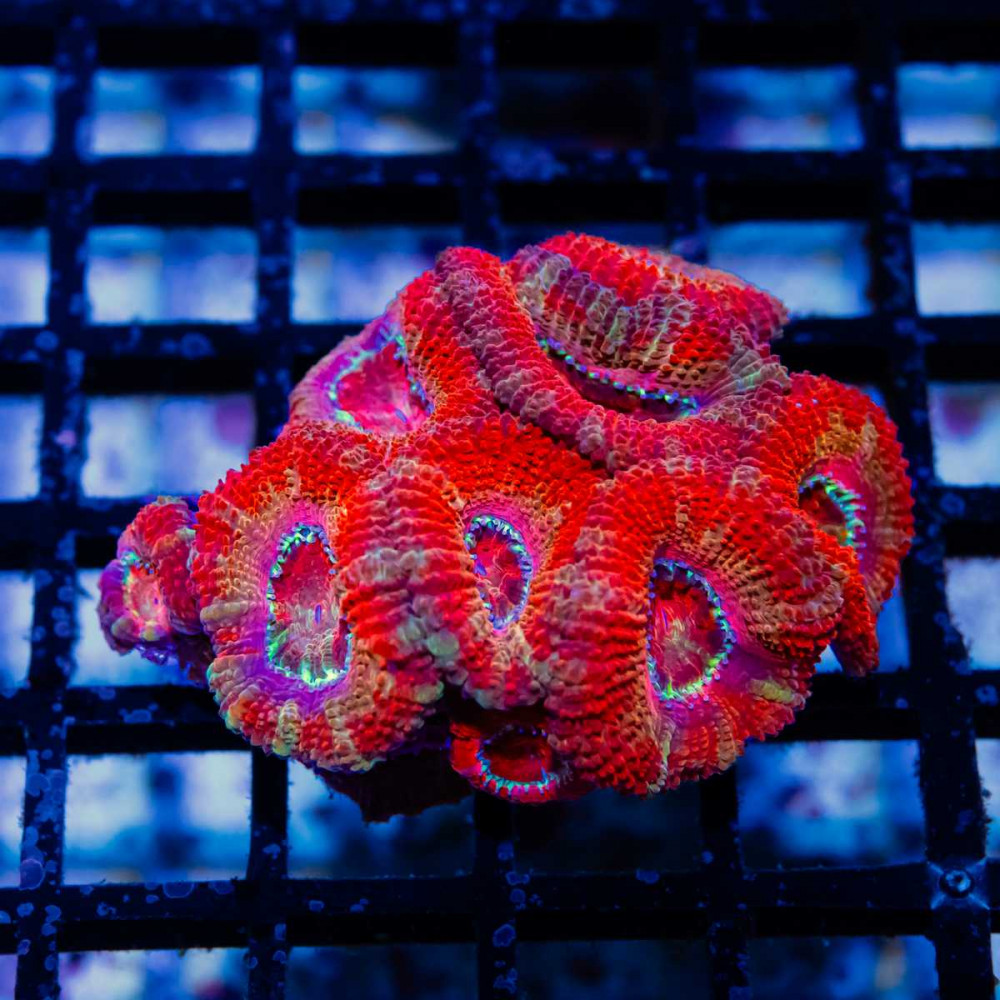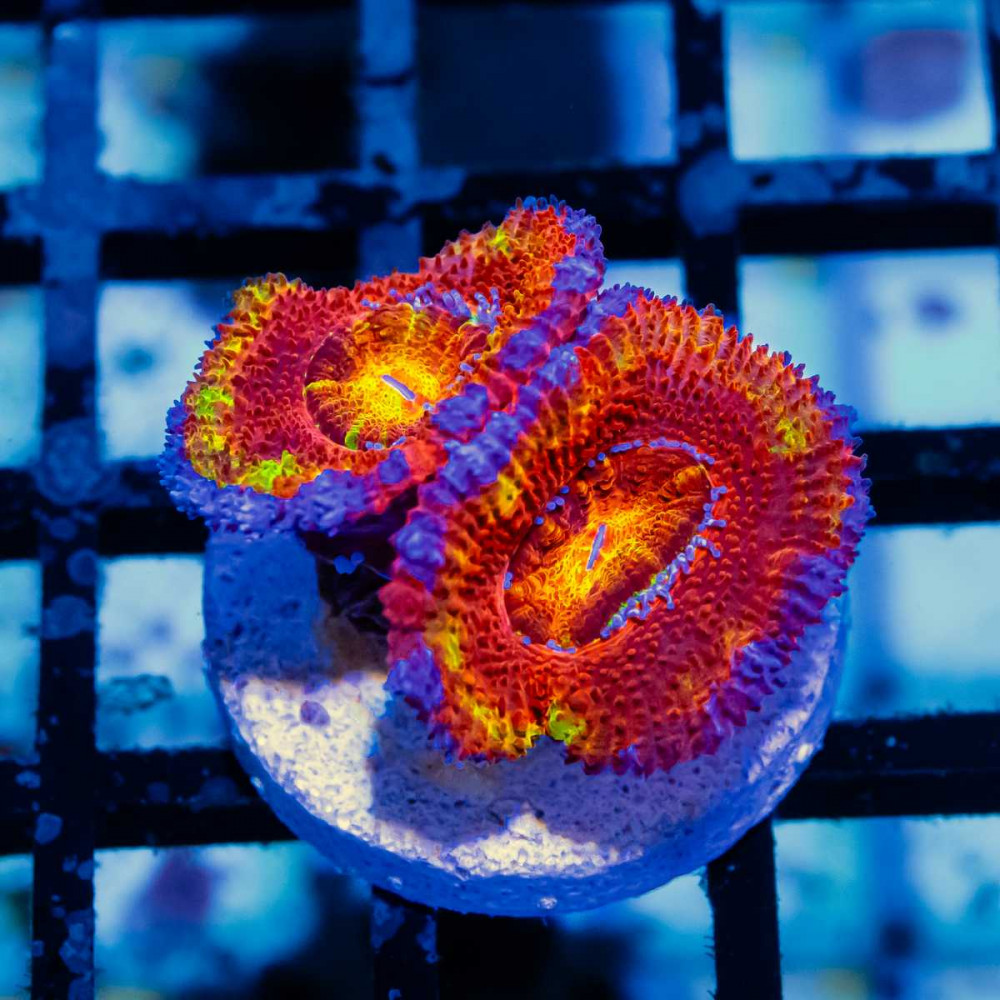Care Level : Moderate
Temperament : Semi-aggressive
Color : Orange, Pink, Yellow
Diet : Carnivore
Reef Compatible : Yes
Water Conditions : sg 1.020-1.025, 70-78° F, dKH 8-12, pH 8.1-8.4
Max. Size : 6"
Origin : Indonesia
Family : Serranidae
Minimum Tank Size : 120 gallons
The Borbonius Anthias (Odontanthias Borbonius) is a rare deep water anthias also known as the Spotted Anthias, Checked Anthias, or Blotchy Anthias.
A warm pink body color is beautifully accented with irregular-shaped markings of a rustic golden hue. The fins sport a lighter lemon-yellow coloration to provide an invigorating yet subtle contrast. The anterior dorsal fin demonstrates distinct spines while the soft dorsal fin and tail terminate in graceful filaments for a rich visual display. This anthias grows to about six inches (15.0 cm) in length.
A 120-gallon aquarium is ideal. Include lots of rockwork and plenty of caves or overhangs where your fish can rest and sleep at night. Since the Borbonius Anthias are deep water anthias, they typically do not do well with bright lights and higher temperatures sometimes found in some reef tanks. Keeping the water quality high and stable will go a long way to reducing stress. In addition to being schooling fish, they also require a long stretch of open swimming space, as well as several hiding places among rockwork.
If you plan to add a shoal of anthias species, there are 6 to 8 females for every male added. By adding a female anthias rather than another male, you will keep the aggression in check and have a much healthier tank. Anything larger than a Blotched Anthias will eat it because it is not fast enough to get away from predators. Borbonius Antias should not be kept with other anemone fish species, otherwise they will be stressed and even fight each other until they die. Borbonius Anthias will not bother invertebrates and corals found in reef aquaria.
Like other anthias, they are protogynous hermaphrodites, meaning they are born female and sometime later in life they change to male. When the dominant male perishes, the largest female of the group will change into a male to take its place.
In the wild, they feed mainly on zooplankton and floating filamentous algae. Feed twice daily with a varied diet consisting of flake food, pellets, Mysis shrimp, krill, and frozen foods.
Size: Small: 1" to 1-3/4"; Medium: 1-3/4" to 2-1/2"; Large: 2-1/2" to 3-1/2"
-
No questions yet
You watched
New goods
Subscribe to news and get a 5% discount on your first order using the promo code.
You will receive the promo code by email immediately after subscribing.
You can apply the promo code after registration and authorizatio
Tags: Fishes




































